For the past year, we’ve been involved in an experiment with the National Media Museum, mining the rich seams of the Daily Herald Archive in order to explore issues of access to national cultural collections in the digital age—questions arising from Web 2.0 (and later) technologies that allow for rapid and easy copying, sharing and reuse of media.
It has been a fascinating, if at times testing, journey, which began in earnest with our first visit to the archive back in May 2014, when we became acquainted with its petrified structure—frozen in the mid-1960s, when the left-wing Daily Herald was re-launched as The Sun—and the particular quirks and practices of past archivists.
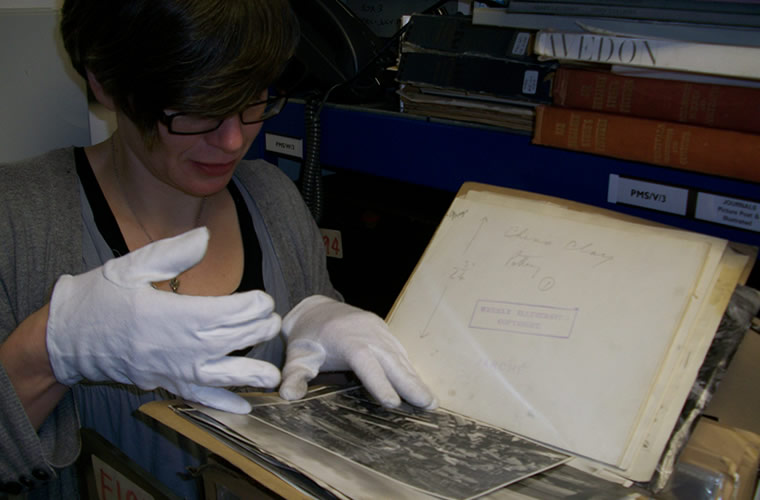
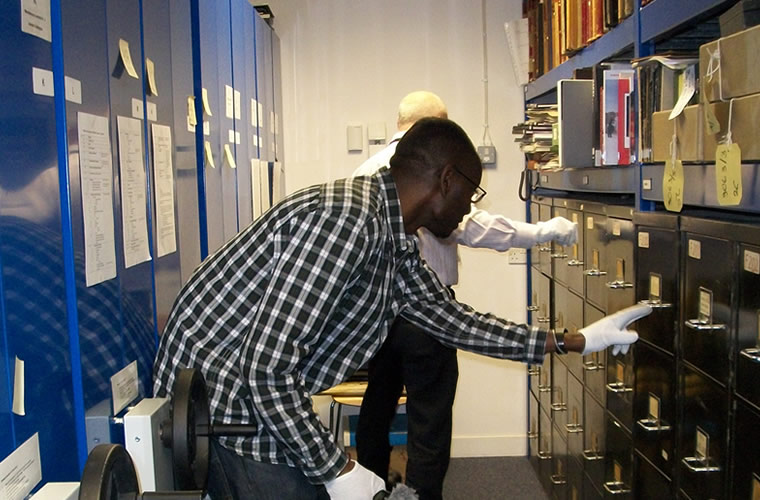
Following our induction, we co-developed a process with our museum partners and Niamh O’Donnell (below, far right), a student at the School of Media and Communication, University of Leeds. This allowed us to select, digitise, then select again, before publishing two themed collections of photographs. The process included tackling questions around longstanding barriers to access, such as:
- How do remote community researchers find a way into a collection without a catalogue?
- How might we accomplish our aims within the limits of copyright, and the constraints of the current age of austerity?
- What does digitisation mean for museums and their publics?
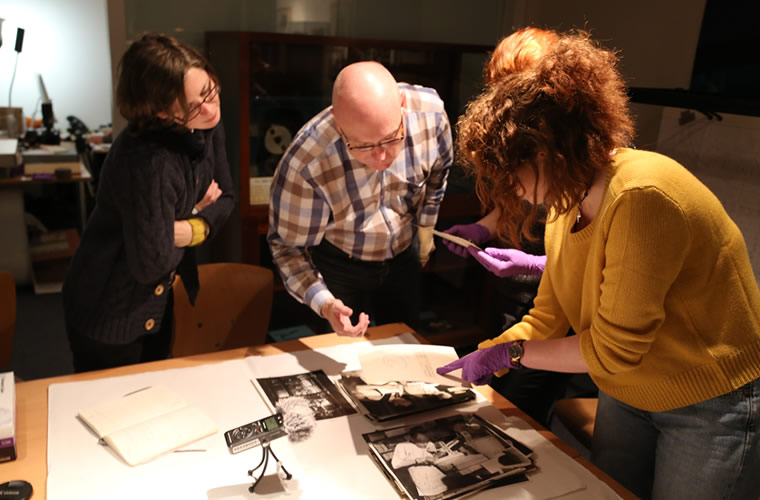
The aim of our collaboration was to open up the Daily Herald archive on behalf of the four community groups working on the Pararchive project, in order to uncover material to support their research and inspire their creative projects. We are now in the final phase of the collaboration, working with the museum to make these newly surfaced photographs available online. This means they can be used within Yarn, the digital storytelling service that has been co-designed by our project partners and design technology team, Carbon: Imagineering.
We are thrilled with the two digital albums that we’ve co-created and -curated, and which feature as guest Collection Selections. They represent the rich fruit of this collaborative exploration into the treasures of the Daily Herald archive. The forty remarkable and varied photographs brim with stories, and arranged and juxtaposed in montage, they speak to the seismic shifts that took place in the main industries of Stoke-on-Trent (ceramics) and Greater Manchester (cotton) during the mid-20th century. They also capture the changing fortunes of these towns, their workers and citizens.
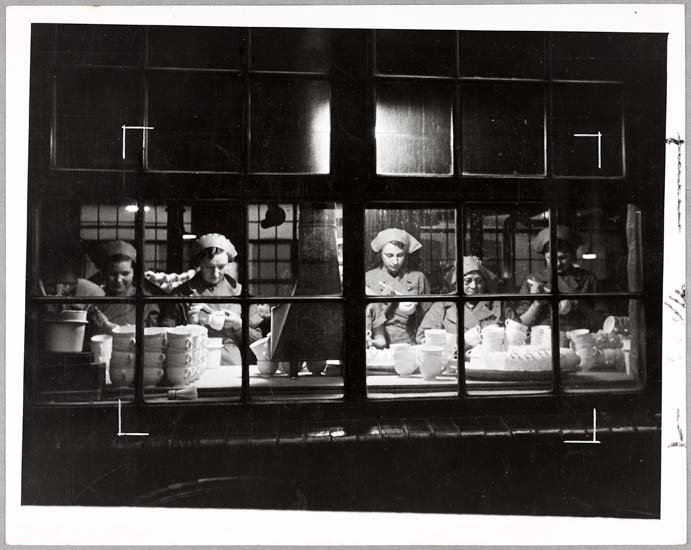
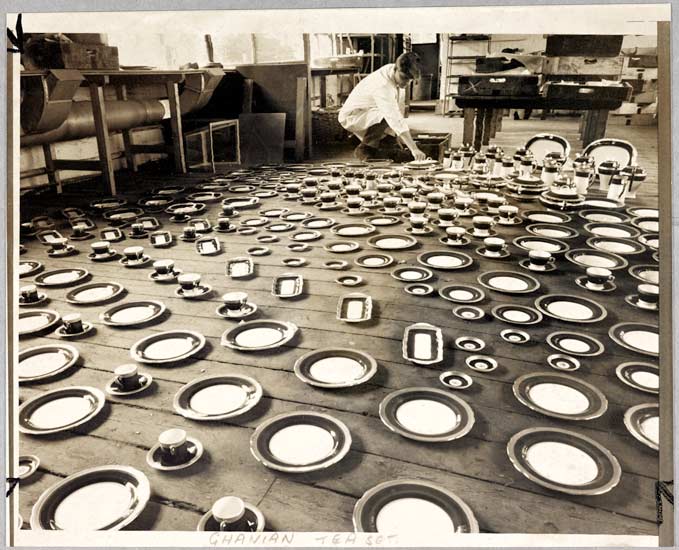
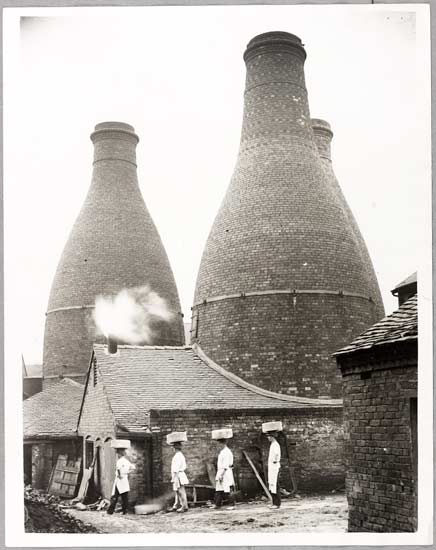
The Potteries album represents about a third of the photographs selected for Ceramic City Stories (CCS), a community heritage group based in Stoke-on-Trent. It captures the federated city, its factories, luminaries and workers over four decades (1930–1966).
James Jarché’s expressionist photographs of the Wedgwood potteries, such as ‘Women in Wedgwoods’ (Jarché, date unknown, above), sit beside The Sun’s more opulent image of the ‘world’s largest banqueting service’, (photographer unknown, 1966, above), which was produced for the Ghanian government by Aynsley China.
Meanwhile, a nameless man decorates a lustre piece beside a bust of Josiah Wedgwood (photographer unknown, 1932, above), his delicate labour in stark contrast to workers ‘[c]arrying away ware after being fired’ from kilns in Fenton, Stoke-on-Trent (photographer and date unknown, above).
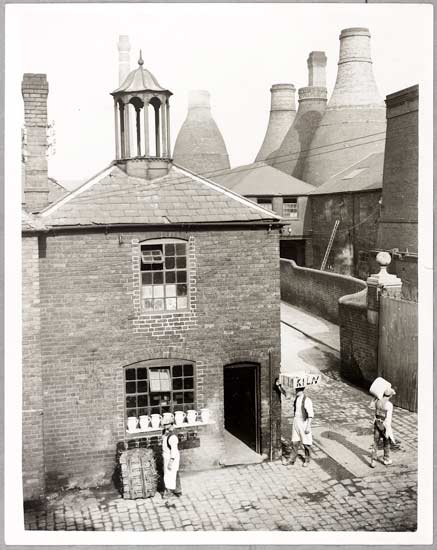
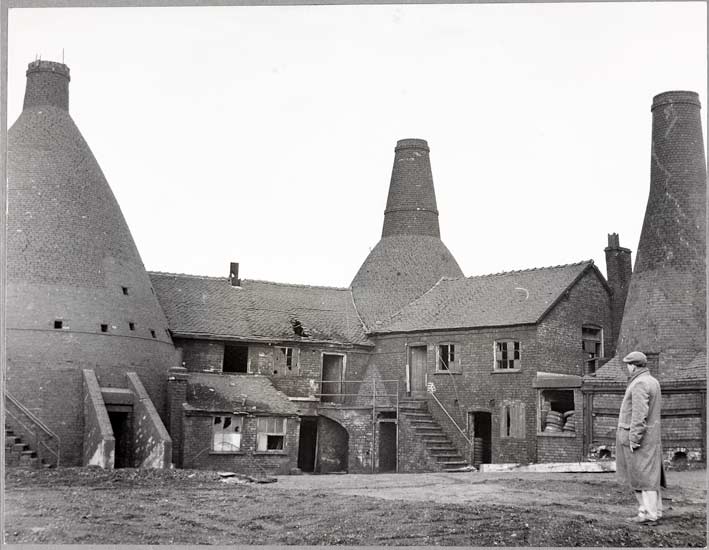
The Cottonopolis album represents about half of the photographs selected on behalf of two creative technology groups—Arduino MCR and Bokeh Yeah!—both based at Manchester Digital Laboratory. The selection primarily speaks to the working life of Greater Manchester’s cotton industry.
Abell’s photograph—which depicts ‘Mrs Margaret Colley seen carrying an outsize load of bobbins’ in the ‘all-out effort to ensure that the industry pulls its weight in the export battle’ (Abell, 1948, above)—jostles with Blandford’s apparently relaxed image of Jean Rogers and Joan Hayes, Lancashire cotton workers, enjoying the sun ahead of the ‘Cotton Protest March’ (Blandford, 1962, above).
Next, Salford cotton workers smile disarmingly into Marshall’s lens as they leave the factory at lunchtime (Marshall, 1936, above) in contrast to White’s photograph, 16 years later, of men queueing outside Oldham Labour Exchange during a cotton slump (White 1952, above).
These newly digitised Daily Herald photographs will feed into Ceramic City Stories’ own family, local-history and activist research and storytelling projects, as well as the creative work of Arduino and Bokeh Yeah!
Yarn provides a dynamic platform for telling digital stories. It also represents an open and generous community that you can join. Yarn will launch on 27 March 2015 at the Connecting Communities conference at the University of Leeds, and will be available to use from April 2015.
Thanks to Niamh O’Donnell, Paul Goodman, Pete Edwards and Simon Braithwaite.
great
Do you have any specific articles on Plant Bros/Tuscan Pottery? My grandmother was Gertrude Plant and her father was Charles Plant. She eventually moved to Cardiff Wales ( her brother Alfred was there also) and they had a china shop in Cardiff near the castle and cathedral.